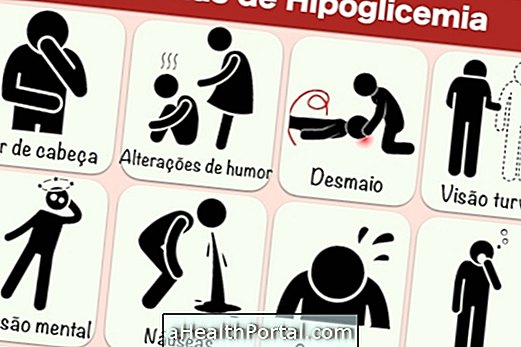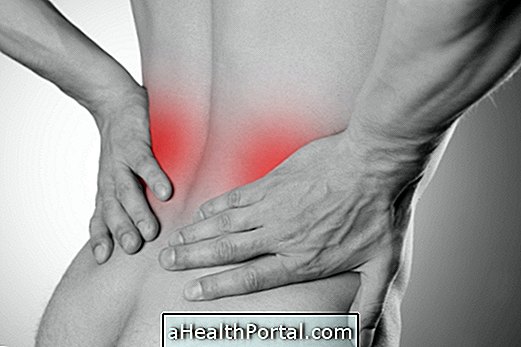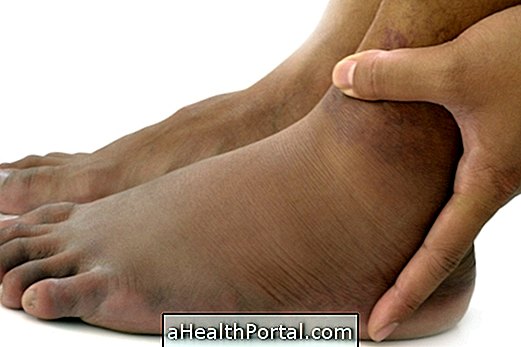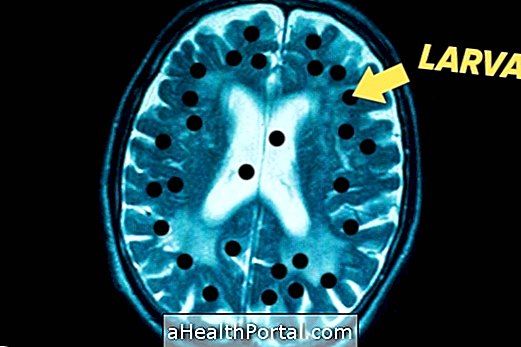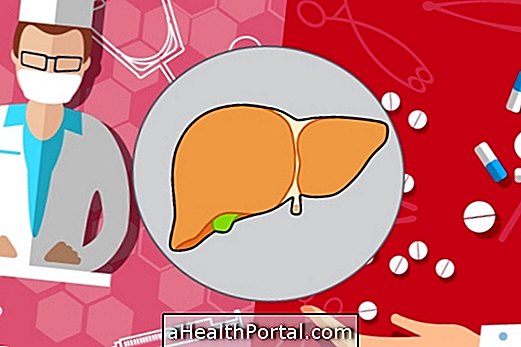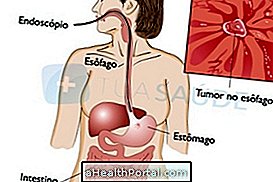The main characteristic symptom of acute appendicitis is severe abdominal pain, located on the lower right side of the belly, near the hip bone.
However, the pain of appendicitis can also get lighter and diffuse, with no specific location around the navel. After a few hours, it is common for this pain to shift until it is centered over the appendix, that is, the lower right side of the belly.
If you think you may have an appendicitis, signal your symptoms:
- 1. Abdominal pain or discomfort Yes No
- 2. Severe pain in the lower right side of the belly Yes No
- 3. Nausea or vomiting Yes No
- 4. Loss of appetite Yes No
- 5. Persistent low fever (between 37.5º and 38º) Yes No
- 6. General malaise Yes No
- 7. Constipation or diarrhea Yes No
- 8. Swollen belly or excess gas Yes No

One way that can help confirm appendicitis is to make slight pressure on the site of the pain and then release quickly. If the pain is more intense, it may be a sign of appendicitis, so it is advised to go to the emergency room to have an examination, such as an ultrasound, to see if there is any change in the appendix.
In some cases, these symptoms may also appear due to excess gas, but if they do not improve after 1 day, you should go to the hospital to miss the diagnosis of appendicitis.
How to identify appendicitis in the baby
Appendicitis is a rare problem in babies, however, when it does it causes symptoms like pain in the belly, fever and vomiting. In addition, you may also notice in some cases a swelling in the belly, as well as extreme sensitivity to touch, which translates to easy crying when touching the belly, for example.
Therefore, if appendicitis is suspected, it is very important to go immediately to the emergency room or the pediatrician, so that the necessary examinations are carried out in order to start the appropriate treatment quickly.

Symptoms of chronic appendicitis
Although acute appendicitis is the most common type, some people may develop chronic appendicitis in which generalized and diffuse abdominal pain develops and may be a little more intense on the right side and below the abdomen. This pain can last for several months or years, until the correct diagnosis is made.
When to go to the doctor
You should go to the emergency room immediately if symptoms of appendicitis occur, especially if after a few hours they also appear:
- Increased abdominal pain;
- Fever above 38ºC;
- Chills and tremors;
- Diarrhea or vomiting with blood.
These symptoms may indicate that the appendix ruptured and that the feces spread through the abdominal region and may cause a serious infection.




